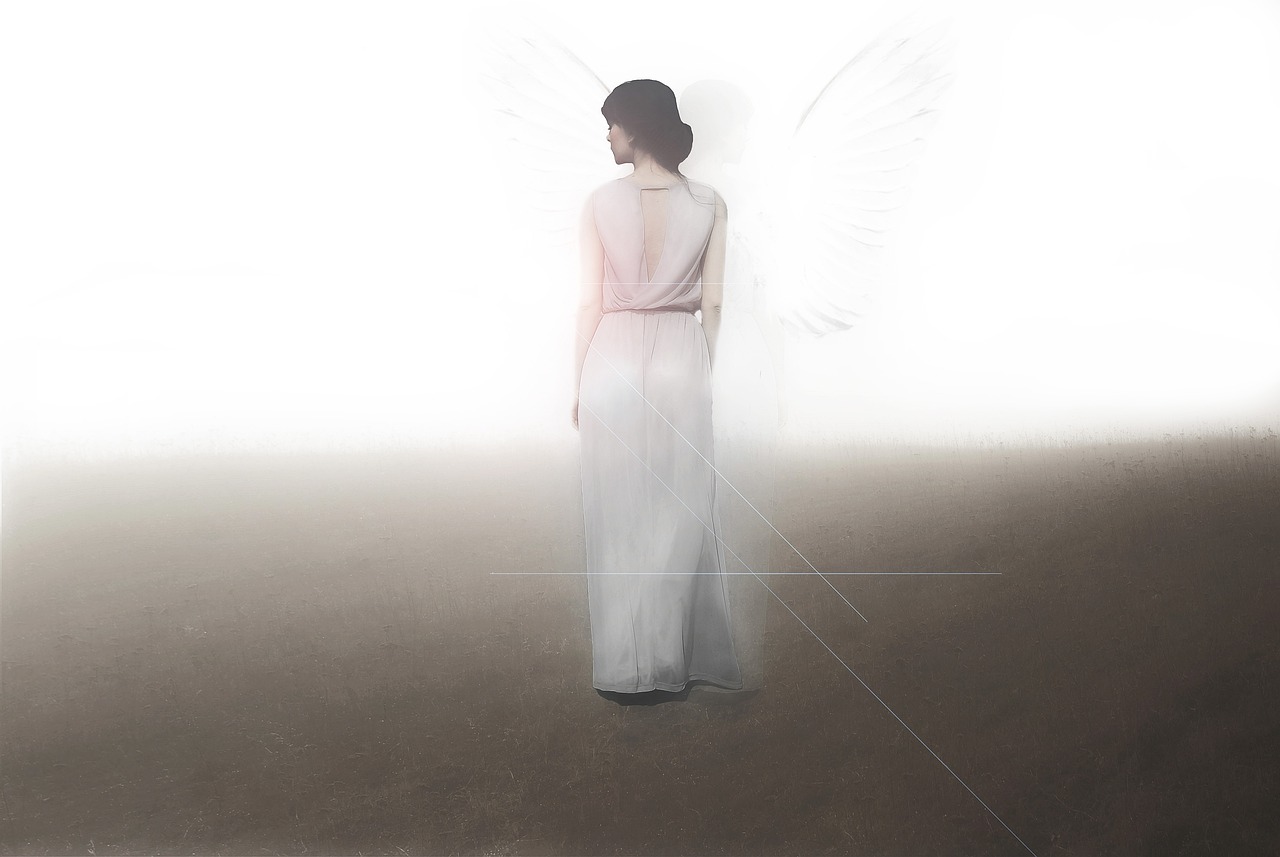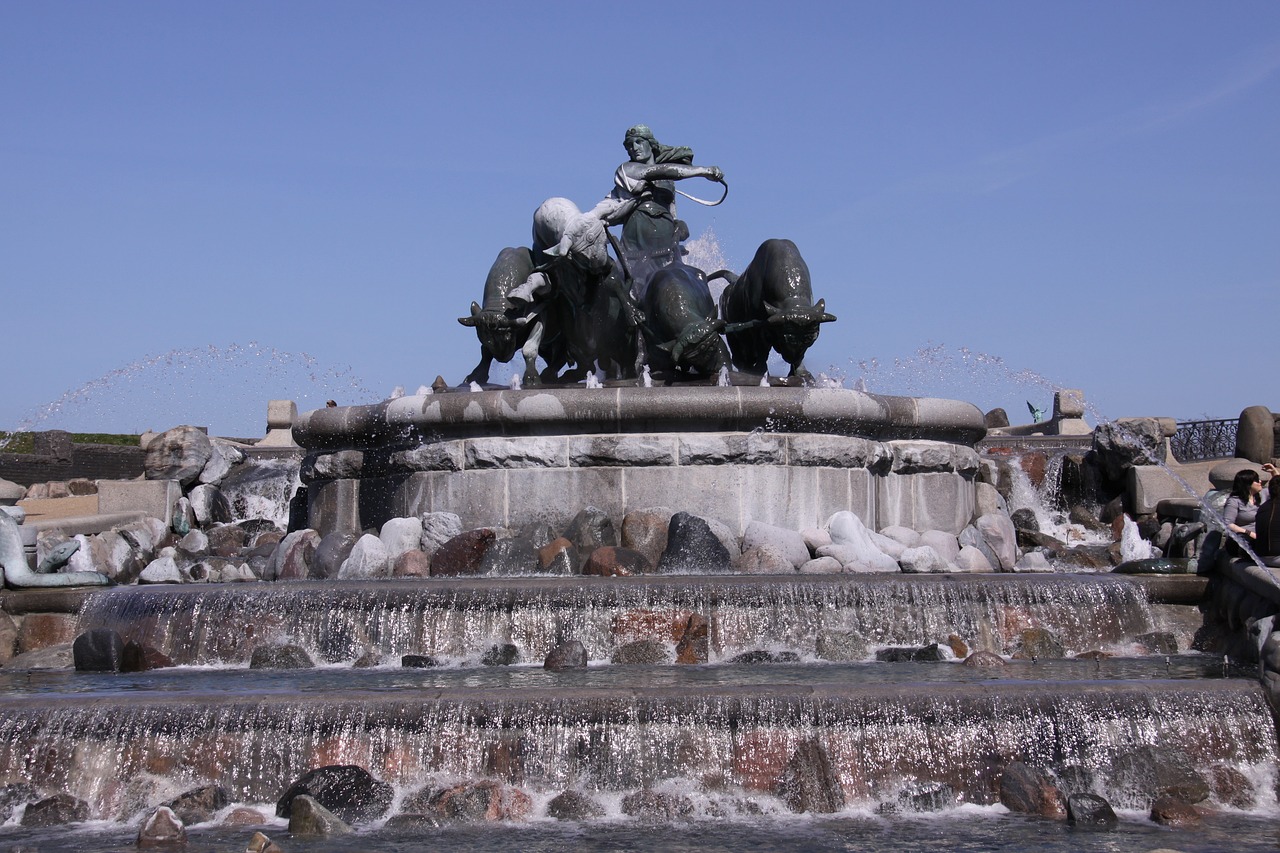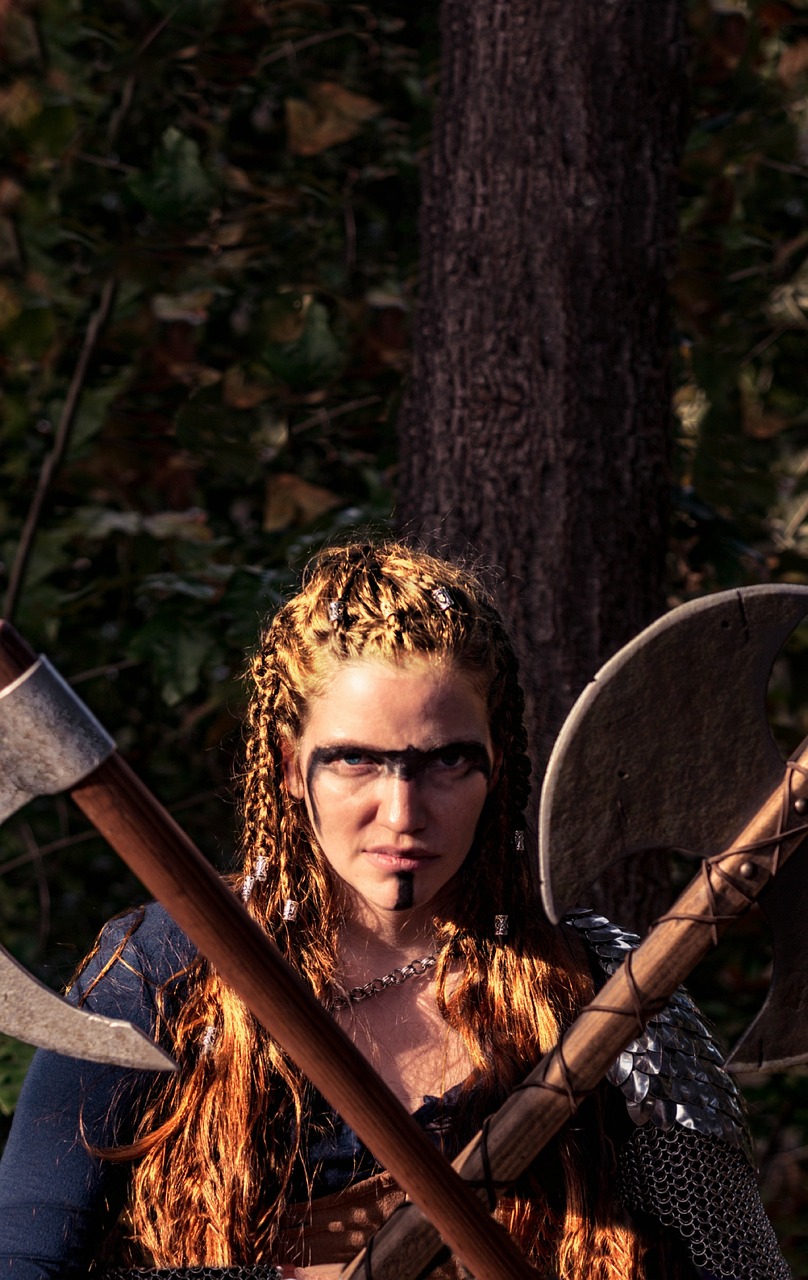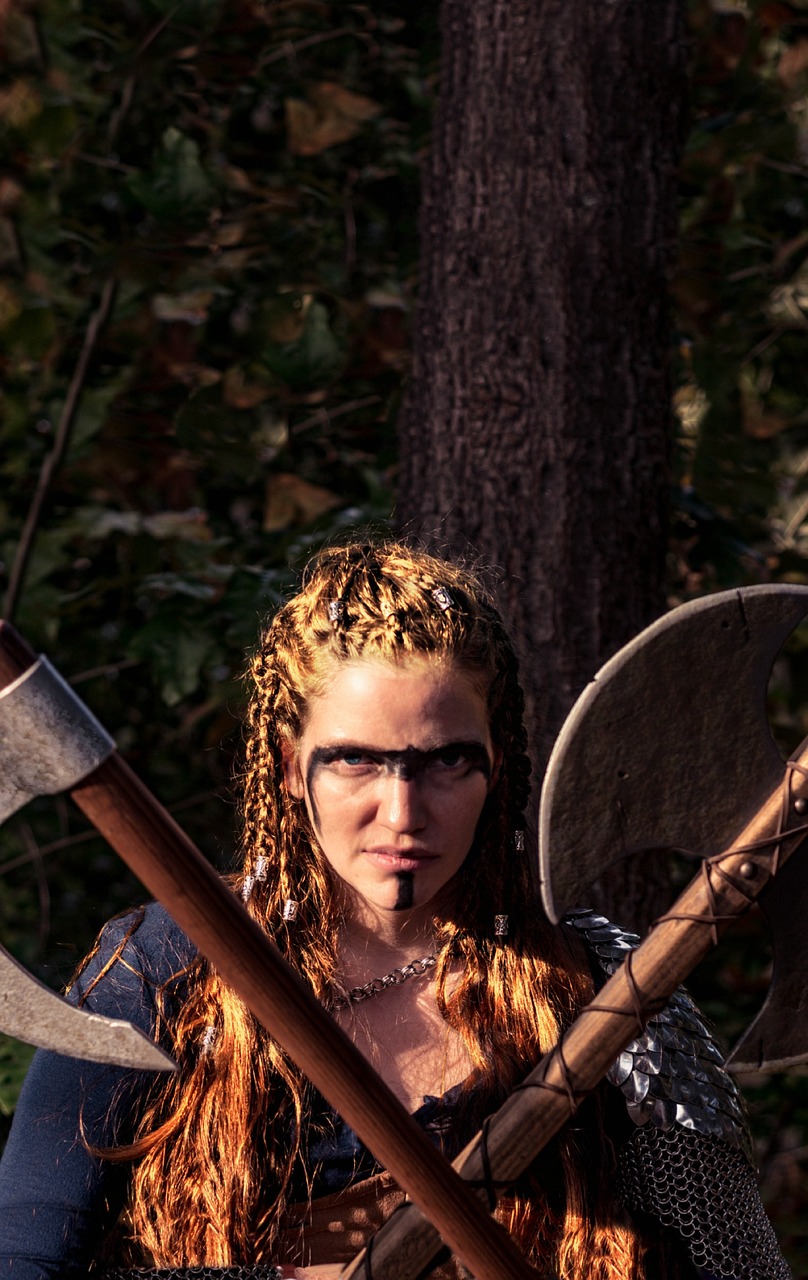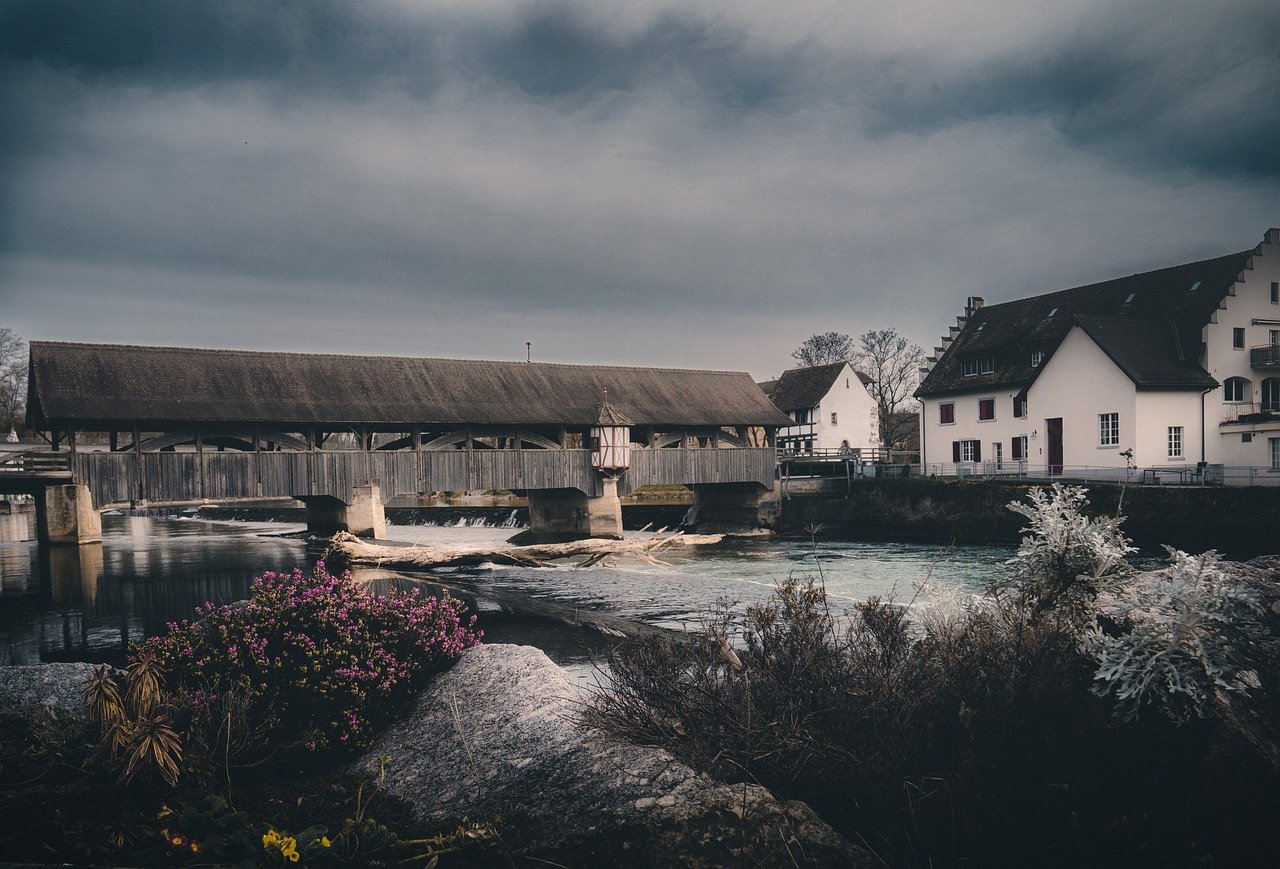Author: Sun WuKong
-
Gefion: Goddess of Abundance and Creation Gefion is revered as the goddess of agriculture, fertility, virginity, and moral virtue, holding a significant position among the Vanir deities. Quick Overview Tribe: Aesir Goddess of: Prosperity, agriculture, chastity, fertility, plowing, foresight, and the unwed Wife of: Skjoldr Alternative Names: Gefjun, Gefjon, Gefiun, and Gefn Responsibilities of Gefion…
-
The Legacy of Gefion The Roots and Kinship of Gefion Within the rich tradition of Norse mythology, Gefion stands out as a figure imbued with both mystery and charm. Her origins can be traced back through a distinguished lineage of Norse gods, establishing her unique divine significance and role. Gefion is the progeny of Ægir,…
-
Gefion: The Norse Goddess of the Single Women The Prose Edda by Snorri Sturluson introduces Gefion (or Gefjon), the fourth goddess of the Æsir, succeeding Frigg, Sága, and Eir, who is renowned for her healing abilities. Although often referred to as a virgin goddess, the narrative surrounding Gefion’s life presents contradictions, notably her earlier stories…
-
Gefjun: The Norse Goddess of Abundance and Fertility Gefjun (pronounced “GEV-yoon”) is a prominent figure in Norse mythology, revered as a goddess of agriculture, fertility, and prosperity. Her name is thought to originate from the Old Norse term ‘gefa,’ which translates to “to give,” implying her identity as “The Giver” or “The Generous One.” Most…
-
The Conflict Between Aesir and Vanir in Norse Mythology In Norse lore, deities are typically categorized into two predominant factions: the Aesir and the Vanir. Although interactions among gods and goddesses from both tribes are often depicted as relatively harmonious in various myths, significant conflicts have emerged in their histories. The Divine War The Vanir…
-
The Vanir deities of Norse mythology form an essential part of the second pantheon in this ancient Northern Germanic belief system. Residing in the verdant realm of Vanaheim, these gods embody a deep connection with the natural world. Geographically, Vanaheim is situated to the west of Asgard, the home of the principal deities known as…
-
Viking culture has captivated the public’s interest in recent years, especially through the stories of legendary figures like Ragnar, Lagertha, and Björn Ironside. Many enthusiasts are delving into the ancient symbolism found in Viking runes and emblems. This exploration reveals the rich meanings behind various Viking symbols, including their significance in tattoos or as talismans.…
-
Understanding the Significance of Viking Symbols Are you intrigued by Viking symbols? In this piece, we will explore some of the most renowned mythological Viking symbols of today and delve into their meanings. For enthusiasts of Viking culture, adorning oneself with jewelry and attire featuring tattoos and symbols from Norse mythology is quite common. However,…
-
Viking Age Archaeology: Understanding the Concept of ‘Ve’ Introduction to ‘Ve’ In Norse mythology, the term ‘ve’ designates a sacred grove or space imbued with spiritual meaning, closely tied to themes of creation and divinity. It plays an important role in mythological narratives, symbolizing a realm where the divine encounters humanity. Key Insights for Your…
-
In a captivating illustration from the 19th century by Lorenz Frølich, the figures of Odin, Vili, and Ve are depicted as integral creators of the cosmos. Vili and Ve, pronounced “VILL-ee” and “VAY,” are known as the brothers of Odin, and together they played a pivotal role in the formation of the universe. The medieval…

